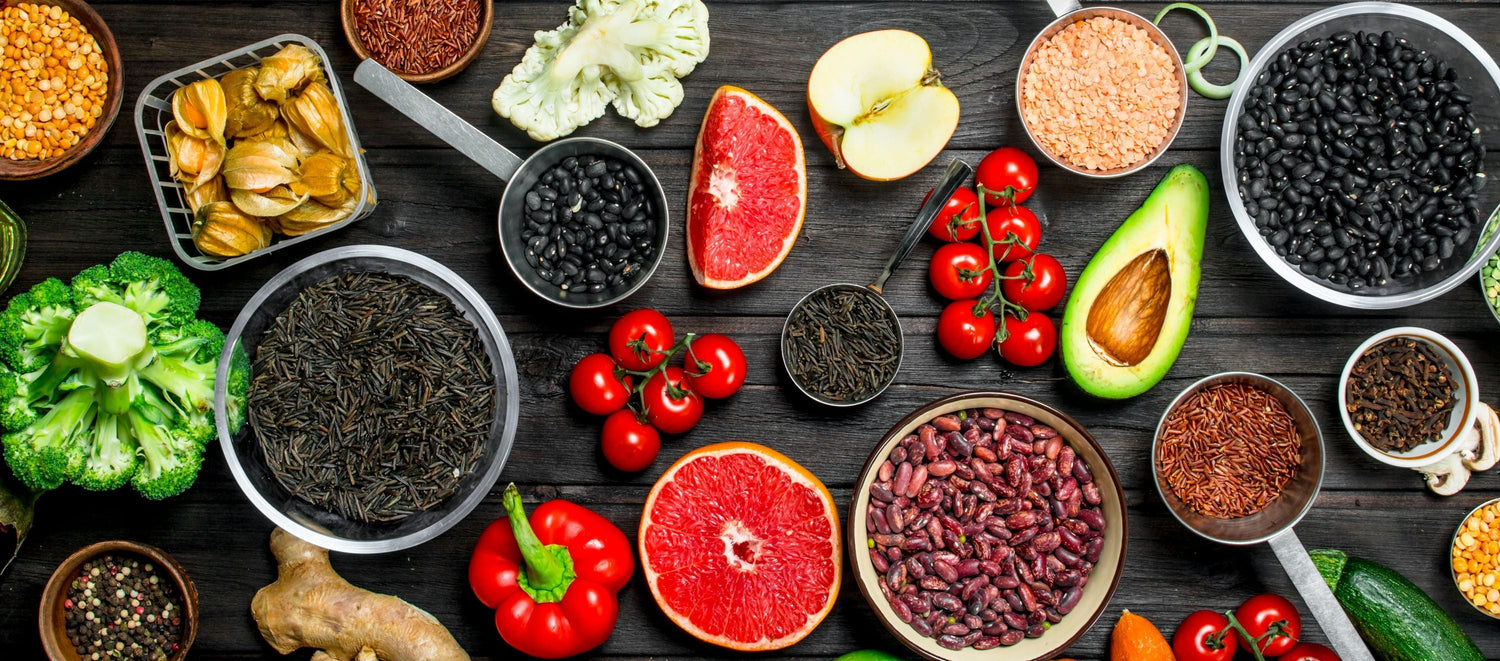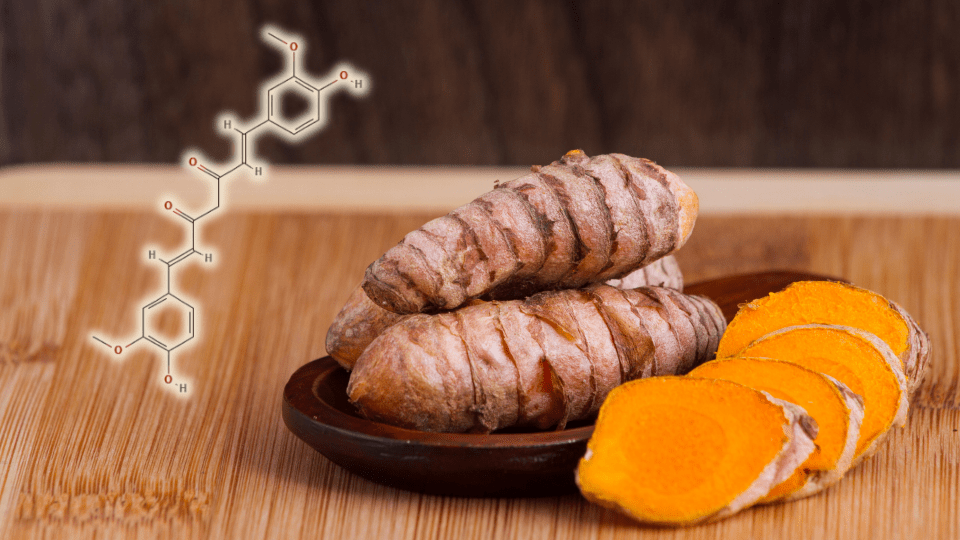Sudden, burning pain, swollen joints, inflamed skin, all in the middle of the night. What sounds like a nightmare to many is unfortunately reality for people with gout. Perhaps you've experienced a gout attack yourself or know someone who suffers from it – then you know how severely it can limit everyday life. In this article, you'll learn what lies behind the main cause of gout: elevated uric acid levels. You'll also get practical tips on how to restore balance to your health with natural remedies and a suitable diet.
Here you will find out...
The most important things in brief
A long-term excess of uric acid in the blood can lead to painful deposits in the joints, which ultimately leads to gout attacks.
The main causes of gout include genetic predisposition, a diet rich in purines, obesity, alcohol abuse and taking certain medications.
Diet plays a key role in managing gout: By choosing the right foods like sour cherries, you can naturally regulate your uric acid levels.
What is gout?
Gout is a metabolic disease caused by the deposition of uric acid crystals in the joints and tissues surrounding them. These deposits develop due to hyperuricemia, a persistently elevated uric acid level in the blood. Both gout and hyperuricemia occur when the organic compound purine is not properly metabolized in the body (1).
What happens in the body during a gout attack?
Gout usually manifests itself in a so-called gout attack. This is characterized by sudden, severe pain and swelling in a joint, most commonly in the big toe. However, knees, ankles, or fingers can also be affected. This severe reaction is caused by tiny uric acid crystals that deposit in the joint and trigger painful inflammation.
The crystals form when the breakdown of purines in the body is disrupted. Purines are natural building blocks of our cells and are also found in many foods. The breakdown of these purines produces uric acid, a completely normal metabolic product. Uric acid is produced both during cell breakdown in the body and through the breakdown of purine-containing foods.
Excess uric acid is usually excreted through the kidneys. However, if this process malfunctions, for example, due to excessive purine intake or impaired excretion, the uric acid level in the blood rises. If this level remains permanently elevated, uric acid can deposit in the joints in the form of crystals, which ultimately leads to the typical, painful symptoms of gout (2).
What are the typical symptoms of gout?
As already mentioned, a gout attack often occurs quite suddenly. The pain and discomfort usually develop rapidly and are primarily noticeable in the affected joint. This makes it all the more important to know the typical warning signs. The faster you react, the better you can get the symptoms under control.

Typical symptoms of a gout attack:
- Sudden, very severe pain in one or more joints
- Pain begins slowly, increasing in intensity until it becomes unbearable, especially when moving or touching the joint
- Inflammation of the affected joint
- Swelling of the joint
- Feeling of warmth in the affected joint
- Redness of the skin over the joint, tight and shiny
- Fever
- Increased heart rate (tachycardia)
- General malaise

Other joint diseases such as rheumatism or osteoarthritis can also cause similar symptoms. If you'd like to know how to distinguish between them and how to better understand the symptoms, take a look at our eBook.
The silent danger: When an elevated uric acid level does not cause any symptoms
Even if you don't (yet) experience typical gout symptoms, a persistently elevated uric acid level can still cause damage in the background. This so-called "asymptomatic hyperuricemia" often goes unnoticed for years while uric acid crystals build up in the tissue. Therefore, a first gout attack may take a long time to occur.
The consequences often become apparent gradually and should not be underestimated:
- Recurrent, mild inflammation can occur in the joints, causing long-term structural damage and even chronic gout.
- This is not only associated with more frequent gout attacks, but can also lead to pain and restricted mobility.
- Also typical are visible joint deformations caused by so-called tophus formations, nodular uric acid deposits under the skin or on the joints.
- The kidneys can also be affected: If crystals accumulate in the urinary tract or renal tubules, this can impair the kidneys' filtering function over time. (3)
Therefore, an elevated uric acid level should be taken seriously even without acute symptoms – it is a warning signal from your body that you should not ignore.

Causes of gout: These risk factors you should know
Although genetic predisposition plays a significant role in the development of gout, it is by no means the only trigger. There are several other factors that can disrupt uric acid metabolism and thus significantly increase the risk of gout.

The main risk factors for gout include:
- Overweight/Obesity: A higher proportion of fatty tissue promotes inflammatory processes in the body. At the same time, obesity reduces the kidneys' ability to excrete uric acid efficiently.
- Medications : Taking certain medications, such as diuretics, can disrupt uric acid metabolism. They inhibit the excretion of uric acid, leading to its accumulation in the body.
- Comorbidities : Existing health problems such as high blood pressure, diabetes, or cardiovascular disease can negatively impact uric acid metabolism. These conditions often lead to reduced uric acid excretion, which can exacerbate the development of gout (1).
Unfortunately, the causes of gout are even more diverse! If you'd like to learn more, check out our free eBook.
What can I do if I have an acute gout attack?
It's not always possible to see a doctor immediately—whether because the symptoms start at night or on the weekend, or because you're initially trying to relieve the symptoms yourself. Fortunately, there are some tried-and-true home remedies that can help ease the pain and calm the inflammation. While they're not a substitute for a visit to the doctor, they can provide valuable support as a first aid measure.
The 5 best tips for self-help during an acute gout attack:
1. Cooling for quick relief
Cold applications such as ice packs or cold compresses can reduce inflammation. Especially during acute attacks, targeted cooling of the affected joint often brings noticeable relief.
2. Protect and immobilize the joint
Avoid unnecessary movement and elevate the inflamed joint to relieve pressure. Rest is crucial to promote recovery and prevent further irritation.
3. Drink diuretic teas
Teas made from nettle, green oats, or ground elder support the excretion of uric acid through the kidneys. Make sure you drink enough daily, ideally 2–3 liters, to support this process.
4. Use sour cherries specifically
Studies have shown that tart cherries are helpful in lowering uric acid levels. Regular consumption can have a positive effect on your uric acid levels.
5. Adjust your diet
Even if the focus is on pain relief, a short-term low-purine diet can be supportive. Avoid meat and meat products, organ meats, alcohol, and highly processed foods to reduce uric acid levels.

Your natural emergency aid
The role of diet in gout
Did you know that your diet can directly influence how much uric acid accumulates in your body? Your daily food choices play a crucial role in regulating uric acid levels. The intake of purines through food, in particular, has a significant impact. It's not just the foods you choose that are important, but also how much you consume.
In addition to deliberately avoiding purine-rich foods, it's advisable to reconsider your overall eating habits to support a balanced and healthy diet. A conscious and varied diet can play a crucial role in preventing gout attacks and maintaining balanced uric acid levels.

Although there is no specific diet developed exclusively for gout, one well-known approach has proven particularly effective in this regard: the DASH diet (Dietary Approaches to Stop Hypertension). Originally developed to treat high blood pressure, this diet places great emphasis on a balanced nutrient intake and the reduction of unhealthy fats and sugars. Studies show that the DASH diet can reduce uric acid levels by 0.25 mg/dL to 0.55 mg/dL after just four weeks (4, 5). Want to learn more about nutrition for gout? Sign up here and get access to our exclusive eBook on gout.
Important! If you are diagnosed with hyperuricemia or gout, you should not undergo extreme dieting or radical fasting for weight loss, as these can even trigger a gout attack! The rapid breakdown of the body's own cell structures causes increased purines to be released, which quickly increases uric acid levels.
Which foods help with gout and which should you avoid?
When it comes to gout, choosing the right foods is crucial, as they can directly influence uric acid levels. While some foods support the body and stabilize uric acid levels, others can promote or even trigger gout attacks. The following table provides an overview of which foods you should prioritize and which you should avoid.
Your 5 steps for healthy uric acid levels
Gout doesn't develop overnight, nor do the symptoms disappear overnight. But the good news is: With the right approach, you can do a lot to lower your uric acid levels and prevent gout in the long term.
In our eBook, we show you the most important and effective steps to help you achieve this. Get your free eBook now and get your uric acid levels back in balance!
These measures play a central role:
- Avoid foods rich in purines
- Focus on a balanced diet
- Regular physical activity to keep moving
- Drink enough
- Targeted supplementation of micronutrients

What role do Montmorency cherries play in gout?
Montmorency tart cherries have increasingly become the focus of research in recent years, and for good reason. These fruits not only contain a variety of important vitamins, minerals, and trace elements, but also particularly high levels of polyphenols. Polyphenols are secondary plant compounds that, in nature, protect plants from harmful influences such as UV radiation, pests, or diseases. However, they also exert their power in the human body and are associated with numerous health-promoting benefits.
Of particular note is the Montmorency sour cherry, which is one of the most studied cherry varieties due to its above-average polyphenol content. In the context of gout, its effects on regulating uric acid levels, reducing inflammation, and preventing recurrent gout attacks have been studied (11–14).




Leave a comment
This site is protected by hCaptcha and the hCaptcha Privacy Policy and Terms of Service apply.